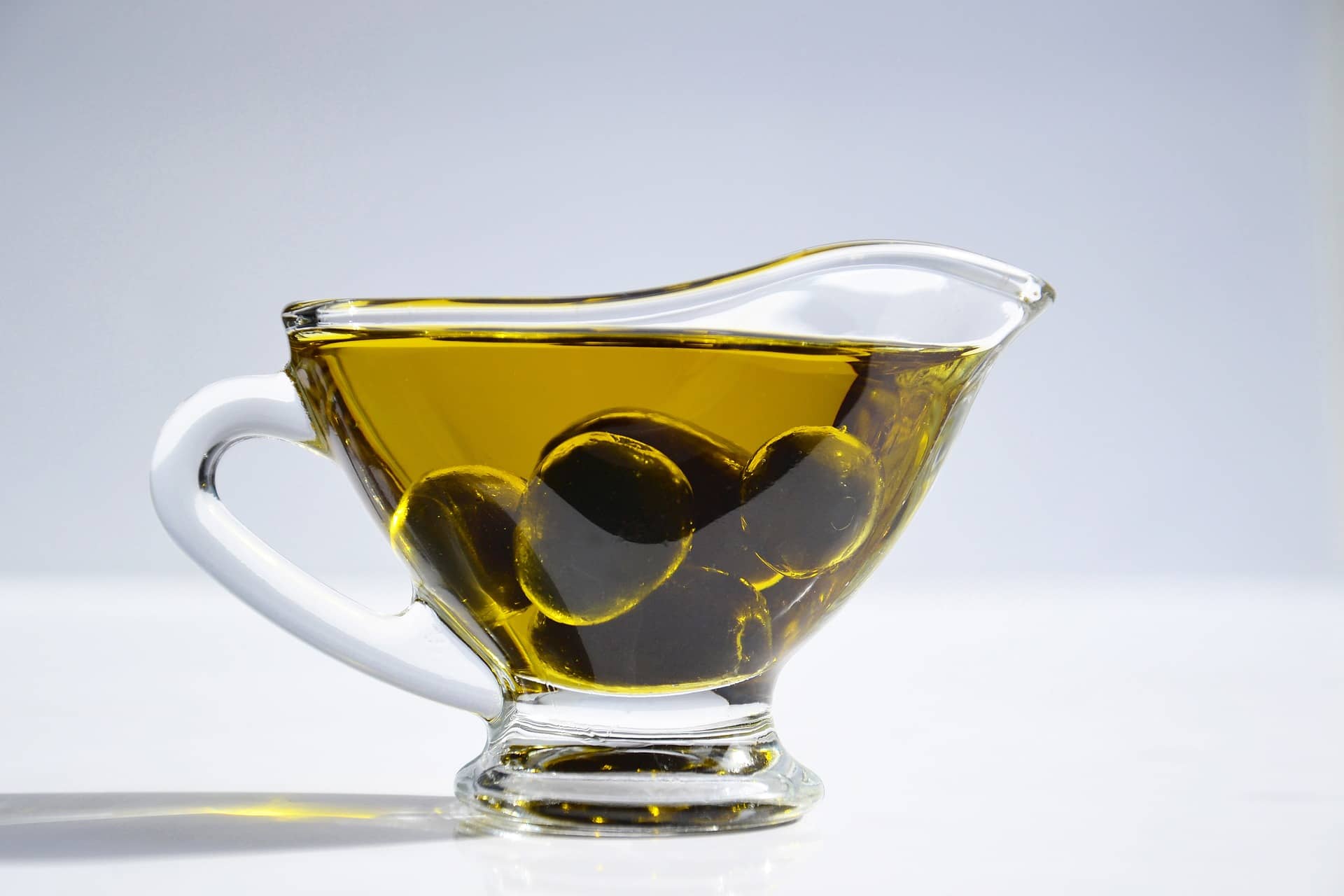At a global glance, the production of olive oil has been steadily shifting but at a very slow rate to the non-traditional producing countries and out of the Mediterranean basin where the production of olive oil has been practiced for thousands of years. Countries like the United States, New Zealand, Australia, and even South Africa, are gradually stepping foot into the arena of olive oil production.
However, despite the slow and steady shift the Mediterranean region still controls the greatest portion of the global market share of olive oil exports by far. Spain single-handedly controls a greater market share for olive oil export than all the other countries out of the Mediterranean region combined.
According to the statistics obtained from the International Olive Council, indicates that over the last quarter-century, the market for olive oil has been growing at an alarming rate. Between 1990/91 and 2016-2017, the yearly global export of olive oil has witnessed an increase from 337 to 778 thousand tons. In the past 5 years, the EU has dominated the export market, exporting over 66.4% of all olive oil globally (1).
Despite this outstanding share of global exports and while the EU’s export of olive oil has only known growth, a large import volume has also been recorded. The EU has also recorded a 15% share of global import of olive oil, which indicates a demand for olive oil even in the European regions.
What factors are responsible for the global demand for olive oil?
Traditionally, olive oil produced in the Mediterranean region is mostly traded among nations in the Mediterranean basin with comparative advantage in the production of olive oil and export. This has practically led to a surplus of olive oil in the Mediterranean region with a declining consumption. Despite the surplus, countries like Italy, Spain, and France still import a large volume of olive oils from other countries and which is further re-exported globally.
One of the largest bilateral trade flows in olive oil was witnessed between Spain and Italy, where huge multinational companies import oils from around the world, blend and bottle the oil, then re-export the end product to other countries around the world including United States (2).
For the global export, the world consumption of olive oil grows at about 3% annually between the 1990s and mid-2000s and one of the major factors for this growth has been promotional programs that support the health and quality features of the olive oil. This can also be linked to cultural and historical ties of olive oil as a food staple in the Mediterranean basin.
However, the vast majority of consumption up-trend is being experienced out of the EU regions with the US being the leader. The United States consumption of Olive oil has increased by 50% percent since 2000/01 with a 4.5% annual growth. Again, this growth can be attributed to the growing health consciousness, the emergence of higher-income consumers with a priority focus on the nutritional benefits of the oil.
Heavy consumption growth can also be observed from high-income nations like Australia, Japan, and Canada. Paying attention to nontraditional markets the consumption of olive oil can be attributed to the rising per capita income in developing countries. At one point, it was discovered that Greece’s virgin olive oil exports were positively impacted by a change in the GDP per capita of trade partners (3).
Other factors that have driven the consumption of olive oil are the competitive prices for olive oil compared to other vegetable oils, ready availability, and heavy promotional campaigns. Also, the emergence of highly differentiated products such as organic olive oils, cold-pressed and oils with a certified country of origin has also pushed the consumption of olive oil (4).
Lastly, and on the rate of consumption per individual, or per capita basis, Greece is leading the world with a consumption of 20 liters per person annually, and this has been the case for the past 20 years. Spain and Italy are also leading with 12 and 14 liters respectively per person on an annual basis. If we have to compare with the rest of the world, only 0.5 liters is observed per capita consumption. The US per capita consumption is just at 1 liter annually. Such low global consumption explains the ready market for olive oil globally coupled with the steady increase in per capita income.
With this ready market, the list below is the top 10 exporters of olive oil feeling the gap and ready to meet the global demand.
Below is the top exporters of olive oil as per market share value;
| Exporters | Value exported in 2020 (USD thousand) | Trade balance in 2020 (USD thousand) | Quantity exported in 2020 | Quantity Unit | Share in world exports (%) |
| Spain | 3,214,614 | 2,670,567 | 1,121,200 | Tons | 42.3 |
| Italy | 1,604,327 | 84,402 | 373,271 | Tons | 21.1 |
| Tunisia | 882,659 | 881,792 | 364,582 | Tons | 11.6 |
| Portugal | 639,016 | 295,177 | 197,543 | Tons | 8.4 |
| Greece | 562,487 | 557,142 | 174,461 | Tons | 7.4 |
| Turkey | 129,296 | 58,477 | 53,697 | Tons | 1.7 |
| Syrian Arab Republic | 103,918 | 100,941 | 55,958 | Tons | 1.4 |
| France | 61,645 | -431,789 | 9,789 | Tons | 0.8 |
| Argentina | 60,753 | 58,557 | 22,177 | Tons | 0.8 |
| Chile | 57,179 | 52,062 | 21,296 | Tons | 0.8 |
1)- Spain
Spain is the leading exporter of olive oil in the world as of 2020. Spain holds a market share value of 42.3%, with a global export value of $3.2 trillion USD for exporting over 1.1 million tons of olive oil to the world in 2020.
2)- Italy
Italy comes in second with a global market share value of 21.1% and exported over 373 thousand tons of olive oil to the world with an export market value of $1.6 trillion USD.
3)- Tunisia
Tunisia is the third-largest exporter of Olive oil in the world and obviously the leader in Africa. Tunisia holds a market share of 11.6% and exports over 364 thousand tons of olive oil as of 2020. The global export value for Tunisia was about $882.6 million USD.
4)- Portugal
During the same year, Portugal controlled a market share value of 8.4% making her the fourth largest exporter of olive oil in the world. Portugal recorded a global export value of $639.0 million USD and for exporting over 197.5 thousand tons of olive oil to the world.
5)- Greece
As of 2020, Greece was the fifth largest exporter of olive oil, controlling a market share of 7.4%. Greece exported a total of over 174.4 thousand tons of olive oil and with an export market value of about $562.4 million USD.
6)- Turkey
Turkey was at the sixth position of global olive oil export with a market share of 1.7%. Turkey reported an export market value of over $129.2 million USD for exporting over 53 thousand tons of olive oil to the world as of 2020.
7)- Syrian Arab Republic
The Syrian Arab Republic was present at the 7th spot of the top leading exporters of olive oil in the world with a market share value of 1.4%. The Syrian Arab Republic recorded a $103.9 million USD for global export value and exported over 55.9 thousand tons of olive oil to the world.
8)- France
France was at the 8th spot with a market share value of 0.8 as of 2020. France reported a global export value of $61.6 million USD for the exportation of 9.7 thousand tons of olive oil to the world. Due to the negative trade balance of -$431.7 million USD, it indicates France imports more olive oil than it exports to the world.
9)- Argentina
Argentina comes in at the 9th spot with a market share value of 0.8% which is the same as France. Argentina exports over 22.1 thousand tons of olive oil to the world with an export value of over $60.7 million USD as of 2020.
10)- Chile
Chile, as of 2020, was the 10th largest exporter of olive oil in the world with a market share value of 0.8% and the same as France and Argentina. Chile exports over 21.2 thousand tons of olive oil with a market value of over $57.1 million USD as of 2020.
As of 2020, the global export value for olive oil was at about $7.6 trillion USD. The quantity exported during the same time period globally was over 2.4 million tons. The annual growth in value between 2019/2020 was at 8% which indicates an increase in the demand of olive oil yearly. Between 2016 to 2020 the annual growth in quantity exported globally was at 7% which further demonstrate an increase in global consumption of olive oil.
The trade balance for olive oil as of 2020 was at a -$54.9 million which indicates more is being exported globally than imported.




